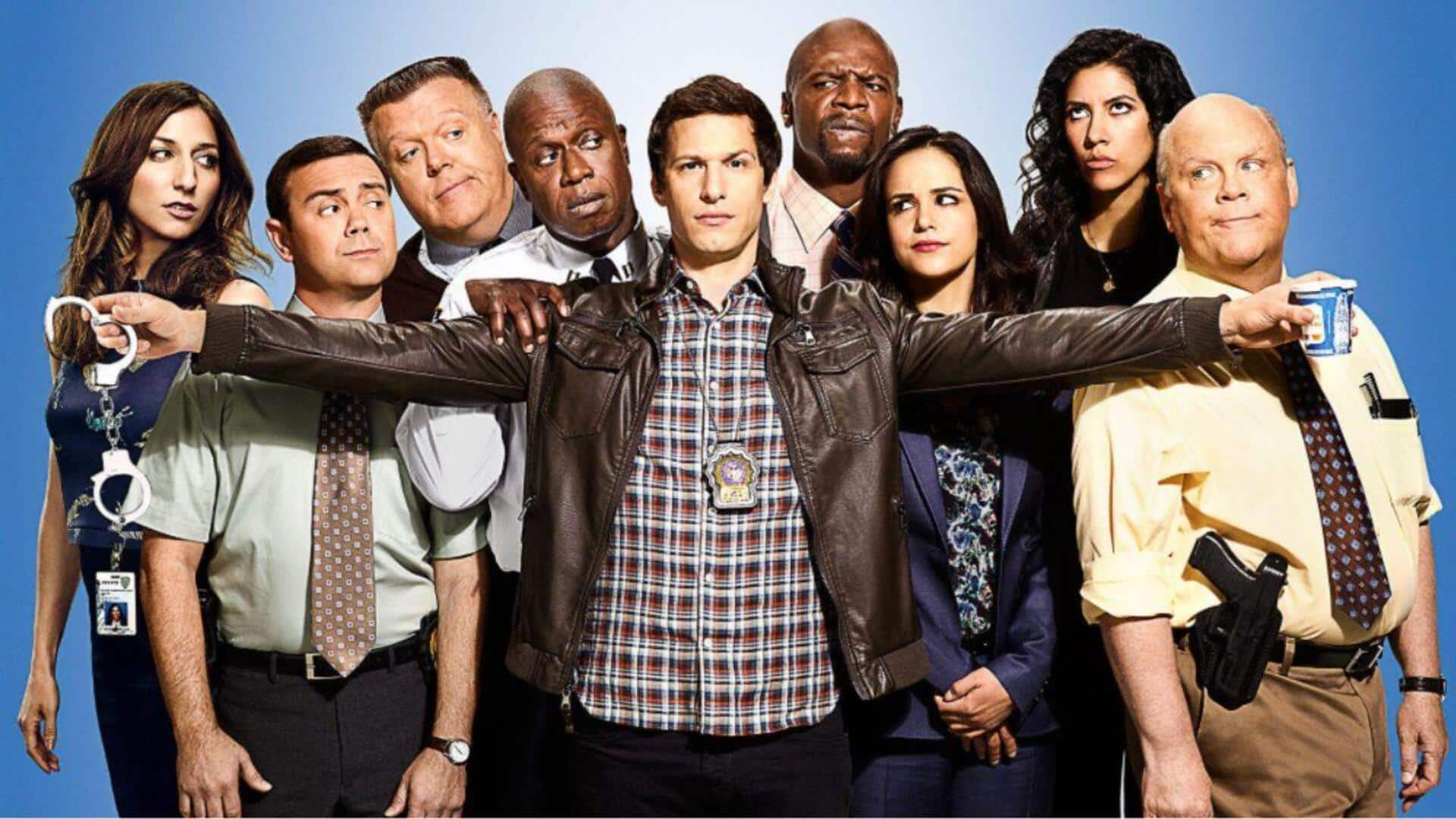
What 'Brooklyn Nine-Nine' teaches us sbout teamwork & diversity
What's the story
Brooklyn Nine-Nine, one of the most popular TV series, gives a unique insight into how diverse teams operate. From a fictional police precinct, the show tells how people from different walks of life come together to work seamlessly. It speaks volumes about how diversity is key to creativity, problem-solving, and the overall performance of a team. Let's see how we can apply it to our workplaces.
Cultural insight
Representation across different cultures
The show also has characters from all sorts of cultural backgrounds, which gives it a realistic lens of society. This diversity allows different perspectives to be voiced within the team, making decision-making processes much more comprehensive. By accepting the cultural differences, Brooklyn Nine-Nine shows how diverse teams could utilize their different experiences to address challenges creatively and efficiently.
Gender insight
Gender balance in team dynamics
Brooklyn Nine-Nine has a pretty even gender ratio among its main cast, placing both men and women in senior positions. This shatters stereotypes and promotes equality in the workplace. The show highlights how gender diversity leads to more interesting conversations between the members and creates an atmosphere where everyone feels appreciated.
Inclusivity Insight
Emphasis on inclusivity and respect
One of the most important aspects of the series is its emphasis on inclusivity. It creates an environment where everyone is heard, and everyone's voice is respected. Characters are encouraged to speak up freely without the fear of being judged or discriminated against. This not only builds a stronger team but also increases individual confidence and job satisfaction.
Collaboration insight
Collaboration leads to success
In Brooklyn Nine-Nine, collaboration is the name of the game to crack the toughest of cases. The show emphasizes how mixed teams can bring their strengths together for better results than one person can deliver by themselves. By working hand in hand across backgrounds or levels of expertise, teams are more flexible when tackling new challenges or opportunities for improvement.